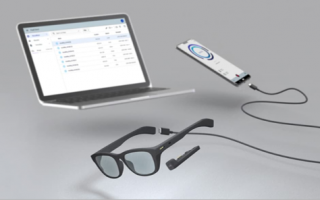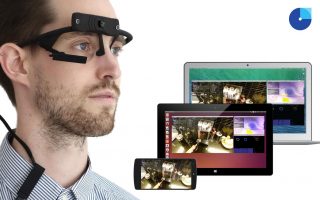Observing people naturally interacting with products and media is for us both an ideal and a challenge. The possibilities that headmounted eye tracking offers are extremely diverse and go far beyond laboratory studies.
For over 20 years, eye square has researched in the area of visual attention at various touchpoints. Together with graduates from MIT Massachusetts Institute of Technology, we are developing 3D-printed glasses with high-resolution cameras. The principle remains the same: a camera is directed at the environment (World Cam), and one on the pupil (Eye Cam). An algorithm projects one onto the other.
A sample of applications:
Our eye tracker is tailored to your needs:
For us, this is a revolution in mobile research. For our clients, it allows us to provide totally new study types, saving costs and time. Depending on your study design, we offer 2 different options:
Automatic in every way
No Laptop needed during recording
No calibration needed
Easy setup
Only Android
Cloud recording
Glasses with shades & vison correction

Expert tool
Laptop based recording
Manual calibration
Adjustable cameras
Desktop software (iOS, Linux, Win)
Open Source
Marker Tracking

Mobile devices: can be tracked particularly well with headmounted eye trackers. They are able to automatically detect markers, making the analysis process easier. The 2-4 markers define a particular device (phone, tablet, TV) or an area (dashboard, newspaper).
You need to load content from Turnstile to submit the form. Please note that doing so will share data with third-party providers.
More Information